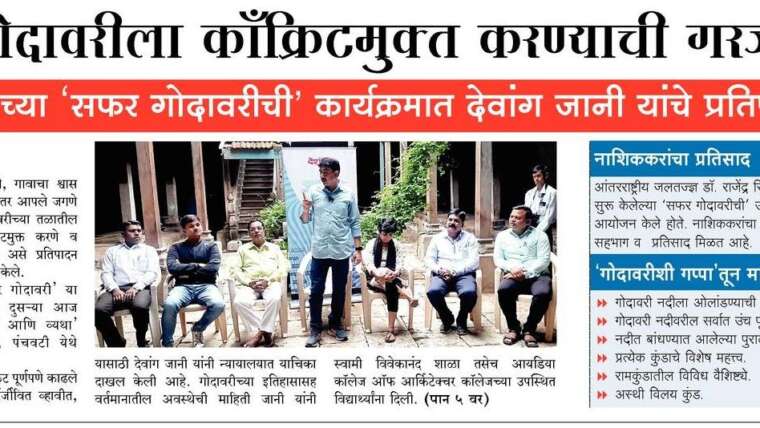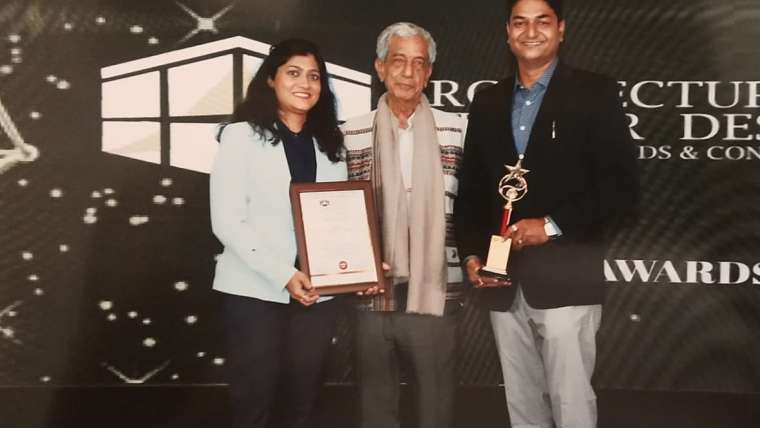The role of an Architect is changing continuously. The rate of this change is much faster now. With globalization, there are many changes in the way we build. As already seen, due to rapid urbanization, there is an urgent need to house many more people in smaller areas. Also, there is a greater need for various types of infrastructural facilities, to serve this growing urban population. One of the results of this is a requirement of larger facilities which have to be built at a much faster rate. Newer technologies will have to be used to achieve this. Also due to constant research into new fields like nanotechnology, many new materials, which are stronger and lighter, will be used in building construction. The Architects of tomorrow will have to learn to use these new materials and new technologies.
More and more parts of the building are now being manufactured as an industrial product. As a result of these pre-engineered components, the building activity on site involves more assembling than constructing. In the future, entire buildings, or at least very large portions of them, maybe manufactured and bought off the shelf, only to be assembled on-site like an erection set or Lego game. It may not be long before the basic infrastructure may be provided by the government and people would simply buy their buildings and plug them in; something very similar to the road being made by the government and individuals using it to run their car on it. This will make the Architect’s role in the conventional sense completely irrelevant. But at the same time, it will open up new employment opportunities in the field of designing of the building as a product for the Industries as well as in the field of marketing.
Le Corbusier had said “house is a machine to live in”. The buildings of tomorrow will function like machines. Intelligent buildings that can adapt to changing climatic situations already exist; where the sizes, shapes and locations of windows change to respond to outside climate. Tomorrow’s buildings will be able to morph themselves in form and size, in response to the requirement. All this will require the involvement of specialists using high-end computing. Architects will have to learn enough of this technology, to dovetail all this into Architectural Design.
A bigger challenge will confront Architects due to changes in lifestyle. Earlier buildings were designed to last very long. In future lifestyle changes may make many building typologies redundant. Take the classic case of a bank hall, built to accommodate people waiting to withdraw cash, the cashier’s cage and the rest of the facilities; being replaced by an ATM. What do you do with these redundant spaces? Architects of tomorrow will have to design flexible spaces that can adapt to multiple functions, can be put to many uses or can be transformed easily to accommodate any types of activity. This will require special skills that the Architects of tomorrow will have to learn.
Colleges of Architecture will have to change the way they train their students to equip them with the new skills required. They have to be trained to be technology savvy with an open mind to accept the new challenges. In the aftermath of COVID 19, the delivery systems used in education will have to be completely revamped.
– Ar. Vijay Sohoni
(the author was President of Council of Architecture from 2004 to 2012. He is Director of IDEA and has over 30 years experience in teaching Architecture.)



